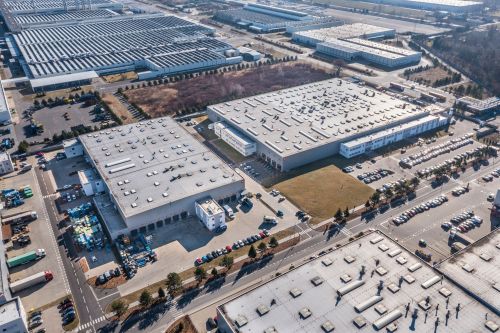“The e-commerce sector will remain one of the main driving forces for the warehouse property market,” insists Magdalena Szulc, industrial developer Segro’s director for Central Europe. Paweł Sapek, the senior vice-president and regional head for Central Europe at rival company Prologis, is of a similar opinion: “Each 100 basis point increase in e-commerce could mean a growth in the demand for logistics real estate of almost 2 mln sqm,” he predicts. Tomasz Listowski, a partner and head of the warehouse and industrial department for the CEE region at tenant consultancy Cresa, adds to the chorus of optimism: “In the current situation, we are seeing that enterprises that have e-commerce platforms have been able to limit the negative impact of a pandemic on their companies. Furthermore, in many cases a sharp increase in sales has been recorded. And those companies that didn’t have online channels are now rushing to launch them.”
"Those com






























































